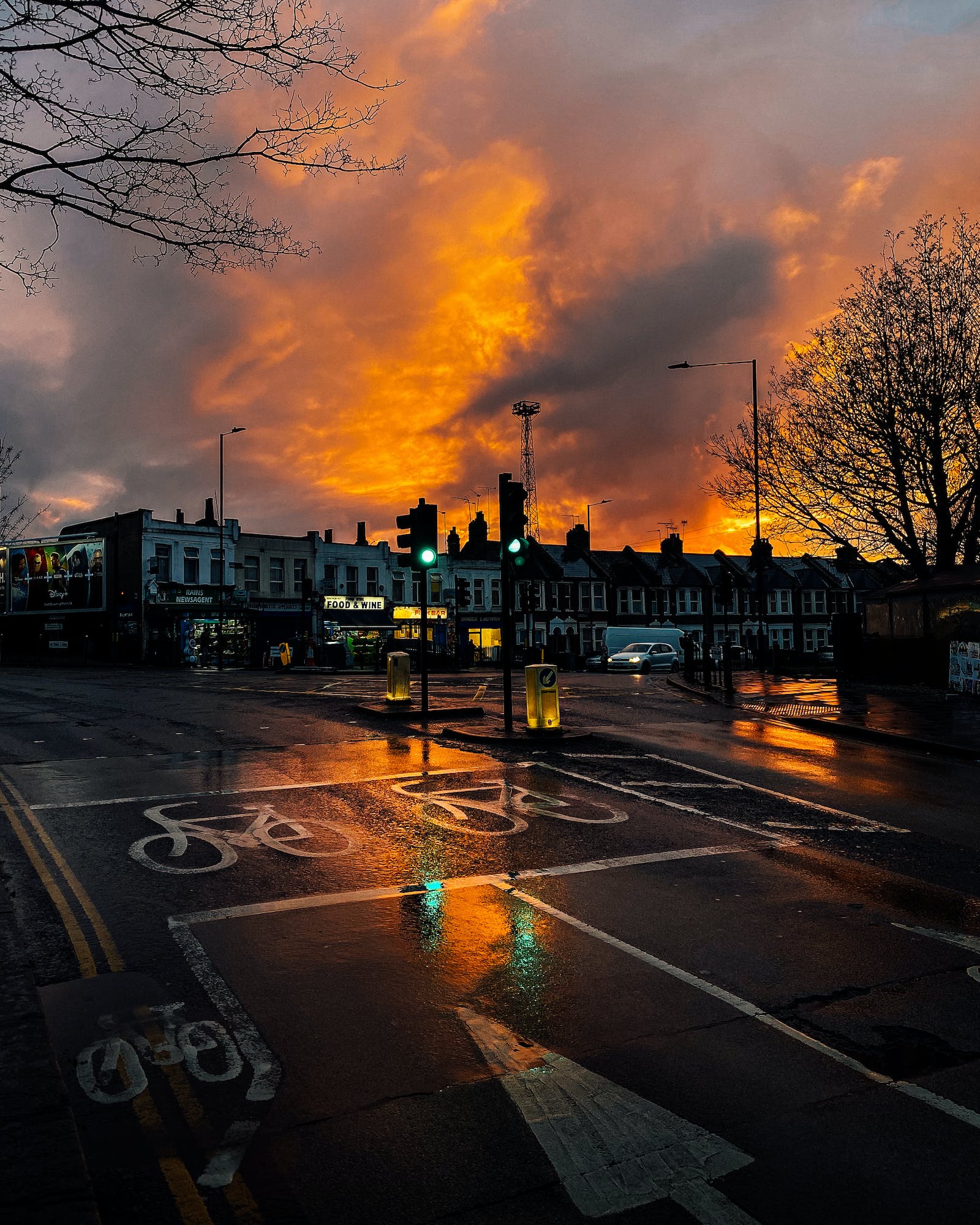Which Baltimore Injury Lawyers Think Highway Accidents Are More Serious

The severity of a motor vehicle accident can be judged in terms of the potential for injury, fatality, and the damage caused. Insurance claims adjusters will almost invariably tell your chosen Baltimore injury and accident lawyer that it is the amount of property damage that is the truest measure of car accident severity, without a shred of scientific or medical support. While many Baltimore motor vehicle accidents have the potential for harm, some types are generally seen in this industry as more dangerous and catastrophic than others. Here are some of the types of accidents that are often considered the most severe:
Pedestrian Accidents: When a vehicle hits a pedestrian, the results can be catastrophic. Unlike vehicle occupants, pedestrians have no protection from the impact.
Motorcycle Accidents: Motorcyclists lack the protective shell that cars provide. Even with protective gear, motorcyclists are more exposed to injury in the event of a collision.
Accidents Involving Large Trucks: Due to their size and weight, large trucks (like semi-trucks or 18-wheelers) can cause significant damage and injury when involved in accidents. Moreover, truck accidents can involve unique factors, such as jackknifing or underride accidents.
Underride Accidents: This is a type of accident where a smaller vehicle goes under a larger vehicle, like a semi-truck, often resulting in the roof of the smaller vehicle being sheared off. This type of accident can be, but is not always, particularly deadly.
While the above accidents are known for their potential severity, the specific circumstances of any accident—including speed, vehicle type, safety features, and other factors—can influence outcomes. Of course, it’s essential always to practice safe driving habits and remain attentive to reduce the risk of being involved in any type of accident. When tragedy strikes, it is equally essential to act quickly, both practically and in this instance, medically- but also legally, to ensure the health and safety, and protect the legal rights and interests of those involved in any serious Baltimore car accident.
High-Speed Collisions: Accidents that occur at high speeds, regardless of the specific type of collision, often result in more severe injuries due to the increased force of impact. The rules of physics govern the movement of bodies and objects in motion on Baltimore streets the same way they do in the rest of the universe. When vehicles moving in opposite directions collide, the forces at play on the occupants of those vehicles are magnified. Whether the saying, euphemism, or outright words of warning are “speed, kills!” or something similar, the thrust of the message is the same. The presence of speed increases the likelihood that a Baltimore City car accident becomes a tragedy. The greater the speed is involved, conventional wisdom would say, the higher the probability that such a crash could result in serious personal injury or death. The driving of a vehicle is a complex task requiring maneuvers and reactions to the actions of others. The presence of speed diminishes the time available within which to react. If you’re traveling 60 mph you have only one second to react to a change in road conditions or vehicle some 90 feet in front of you. As the speed slows, the time within which to react, and the corresponding feet covered increases. As speed increases, the time within which to react to changes in the roadway or the actions of other drivers decreases. Although I suspect most personal injury lawyers in Baltimore would agree that speed- alone- could accurately predict the happening of a motor vehicle accident or its severity, it is unquestionably a factor, and almost invariably, a significant one.
Case Study: Considered a hypothetical case of Sarah. On the return trip from a visit with her sister, she attempts to enter northbound Interstate 83 at Mount Carmel Road at Hereford. oh, she knows that the merge lane for the northbound wrap at this intersection is a relatively short one, and she also knows that Interstate 83 can be extraordinarily well-traveled, particularly by large trucks. As Sarah begins merging into traffic, she sees a truck immediately to her left. She has the option to slow down and try to get in behind the truck- but the on-ramp is a short one. Sarah makes a judgment that she can speed up and get in front of the truck before the ramp ends. Sarah speeds up does indeed pass the truck and moves quickly and abruptly into the far right hand traveling at a speed that is greater than that to which she is accustomed. She fails to compensate for this excess speed and her failure to compensate leads her to swing out into the left-hand lane of northbound travel, striking another vehicle on the side at some 64 mph. Had her merging occurred at 30 or perhaps even 40 miles an hour- a speed at which Sarah routinely traveled- it is likely that the overcompensation would not have occurred. The presence of the additional speed made a common maneuver uncommon. In this hypothetical, the passengers in the vehicle that Sarah hit all hired seasoned, experienced Baltimore County personal injury litigators who immediately filed a lawsuit. Sarah is distraught at what she has caused and urges her insurance company to compensate the victims. Although based on these facts, it is likely that Sarah’s insurance company may make an offer of settlement, there is no guarantee that any such offer would be reasonable based on the injuries sustained by the occupants of the other vehicle. Indeed, although some offers are made, in our hypothetical, the insurance company fails to properly gauge their exposure and fails to offer a reasonable amount in settlement. The victims are forced to proceed to a trial in order to obtain just compensation.
Specific locations of high accident frequency can vary from year to year based on changes in traffic patterns, construction, and other factors. There are of course roadways, highways, and intersections in Baltimore, Maryland, that are notorious for car accidents. In many cities, including Baltimore, major intersections, highways, and busy arterial roads tend to see a higher frequency of crashes. Baltimore’s major highways, like I-695 (the Baltimore Beltway), I-83, and U.S. Route 40, along with congested urban areas, are likely candidates for higher accident frequencies due to the volume of vehicles. Areas of the Baltimore metro through which these highways run may include: Edgewood, Edmondson Village, Franklintown, Gwynns Falls, Gwynns Falls/Leakin Park, Hunting Ridge, Saint Josephs, Tremont, Wakefield, West Baltimore, Ashburton, Dolfield, Dorchester, Druid Heights, Druid Hill Park, East Arlington, Easterwood, Evergreen Lawn and Fairmont.
To get the most recent and specific data on high-frequency accident locations in Baltimore:
Baltimore City Department of Transportation: They might release annual or periodic reports on traffic safety, which could detail accident-prone locations.
State Highway Administration (SHA) of Maryland: The SHA may keep track of accident statistics and might have details on areas with high crash rates.
Local News Outlets: Local newspapers and TV news stations often cover stories on problematic intersections or roads, especially if residents raise concerns.
Law Enforcement Agencies: The Baltimore Police Department or other local law enforcement agencies might have statistics on areas with a high number of accidents.
Research and Advocacy Groups: Local and state safety advocacy groups might conduct studies or have information about problematic areas.
Online Traffic Data Websites: There are various websites and platforms, like local traffic report sites or apps, that may highlight areas with frequent accidents. For the most accurate and up-to-date information, reaching out to local agencies or checking local news sources is recommended.



